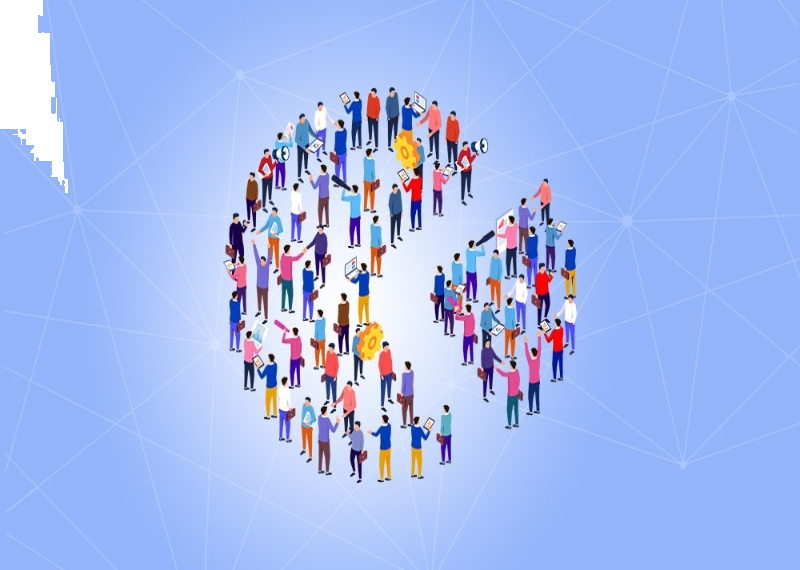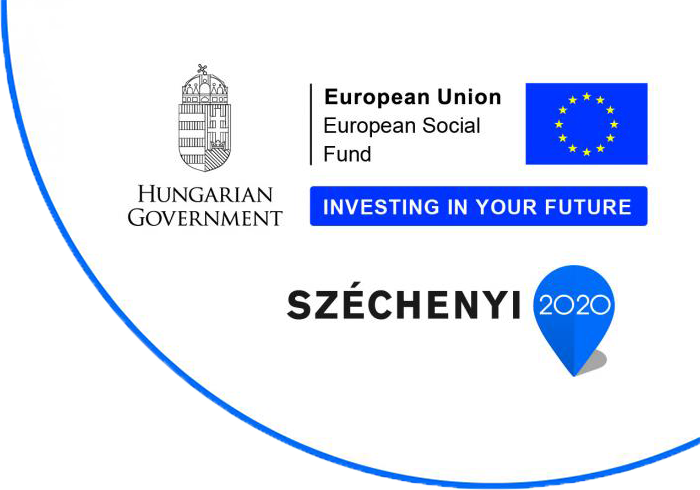Persona or segment?

Developing personas and segments is a critical step in developing a personalisation strategy for your business. The terms "persona" and "segment" are often used interchangeably to group and define customer characteristics and profiles, but the truth is that the words mean two different things and differentiation is important.
Confused about the difference between segments and personas? We explain what you need to know to understand them in just 60 seconds.
If you find yourself confused when it comes to distinguishing between segments and personas, you‘re in good company. Even marketers with years under their belts can get tripped up on the difference between these two terms. So what exactly is the difference and how does each play into a marketing strategy? Here’s your explanation, in sixty seconds.
The really quick answer is to think of customer segments as high-level categorical classifications of groups of people, while personas illuminate specific details that speak to a type of person - their experiences, goals, or motivations.
To get your full sixty seconds worth, read on.
Customer Segmentation
Marketers use customer segmentation to classify various types of customers into specific groupings, ultimately making it easier to target products or communications tailored to the group’s preferences or needs.
Website Personalization Approaches: Explicit, Implicit, and Contextual
Articles Digital Marketing
Creating customer segments can be a fairly complex process because in order to do it right, you need to conduct comprehensive quantitative research. The data you collect is analyzed and distilled down into groups that are representative of certain classifications.
Some data points used for segmentation include:
- Demographics
- Purchase Behaviors/Buying Patterns
- Preferences
- Firmagraphics/Affiliations
After marketers have segmented their customer base, they may find that they have dozens of segments to juggle — a daunting task when your marketing resources are limited and you can’t afford to do niche marketing. And while segmentation is incredibly valuable for making sure your message or product hits the right person, it’s not so useful for helping you understand what motivates your prospects and customers, or for telling you more about who they really are and how you can best connect with them. That’s where personas come in handy.
Personas
Marketers use personas to help them better understand their prospects and customers on a more personal level. Through research and interviews with real people, marketers construct character profiles representative of different groups that share similar traits, beliefs, attitudes, and values with regard to their product, service, or experience.
Web design teams use personas to get a deeper understanding of whom they are designing for as well as the wants, needs, and motivations of various types of site visitors. The creation of personas is necessary in order to build user flows that depict an overall user experience that make sense for specific types of people.
Some data points used to develop personas include:
- Behaviors
- Attitudes
- Journeys
The beauty of personas — when they are done correctly — is that they have a way of cutting across segments and unifying them into much fewer market targets. This makes marketing to personas much easier, cheaper, and more effective.
Segments and personas are both helpful marketing tools, but they’re used for different reasons at different stages of a marketing process. Based on qualitative data, personas are used early in the process to give prospects and customers personalities and preferences while segments, built from quantitative data, help marketers more effectively reach their target audiences.
